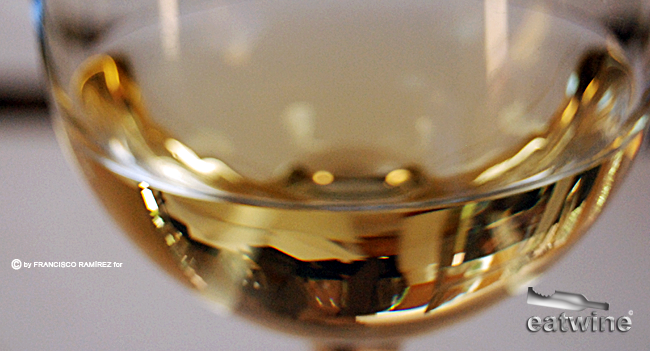Chile is really carving a niche out for itself with its white wines. Every year, they just get better and better with Sauvignon Blanc blazing the path. Long gone is the style of the over-oaked, caramel-laden Chardonnay. That is so California. So 1990s.
Chilean winemakers are seeking out new parcels close to the sea or the steep hillsides of riverbeds in valleys like Leyda, San Antonio, Casablanca, and Limarí. Here, the influence from the freezing Pacific Ocean is palatable, thanks to the Humdboldt current. Besides the cold breezes that whip off the sea and aerate the vineyards, many mornings (like today, even in Santiago) a dense fog shrouds the vines, eventually burning off around lunch time. These cooler temperatures, wind, and the mixed granitic/clay/sandy soils all have the right conditions for balanced whites with killer acid that makes you smack your lips together and exclaim, “Damn, that was good”. Followed by another sip, of course.
Here are a few new finds that have my palate jazzed and are finding a home in our cellar.
Ventolera, Sauvignon Blanc 2012, US$22: Back in the day when Ventolera was first released it caused a fervor, a riot. Hailing from Leyda in the San Antonio valley, not far from the coast, this wine was all about concentration, balance, the right amount of acid with a punch. It was a Sauvignon Blanc that smelled of wet rocks, lemon zest (like a good Sancerre) and was just crispy wine love in your mouth. We consumed this incessantly, usually with sushi from Kintaro. Then something happened with the next vintage, and then the next. It lost its way. It wasn’t the same. It wasn’t as good, it tasted lackluster. And I forgot about Ventolera…until now. I had heard, though, the winery was having a renaissance in its winemaking so I decided to give it a go, again. Verdict? Bright, balanced, loads of citrus, wet stones, and amazing acidity. Welcome back baby. We missed you.
Tamaya, Limited Release Blanc de Blancs 2009, US$33: I tried this not so long ago at my new favorite wine bar in Santiago, Bocanariz, and it was a smash hit. I am a big fan of bubbles but this was one of the most delicious, dry, and refreshing Chilean ones I had tasted made only of Chardonnay grapes. From the Limarí Valley in the desert? Yes. From Tamaya (who have traditionally made more simple whites and reds)? Sí, sí, sí. This brut nature is made in the traditional champenoise style. It paired perfectly that night with tiny, succulent black-lipped oysters from Chiloé, tangy goat cheese and fava bean salad, and pan-seared curried shrimp. It was so good, we drank two bottles (and by the way, no headache the next day). Hard to find even in Chile, the stock is always running low, I was totally tickled to see Puro Wine in New York has this. Lucky you guys in NYC! I would be drinking tons of this during the holiday parties…
Luis Felipe Edwards, Marea de Leyda (Sauvignon Blanc), US$20: This was an impulse wine buy. We all have them. I walked into Mundo del Vino last Friday and got sidetracked in the Sauvignon Blanc section. Marea de Leyda? I don’t remember this wine. I consulted with the sommelier, got his blessing, and then of course found a corner to google wine reviews for 15 minutes on my iPhone. It looked like a 60-40 chance of success so I thought, “what the hell, why not”. This vino hails from the rolling granitic hills of Leyda not far from the Pacific whose grapes are also caressed by that cold ocean breeze. This wine has a nose full of flint, lime, citrus, and mineral notes (that to me often smell like stones) which almost made me cry. So rich and intense. I was crossing my fingers all of these seductive aromas weren’t going to go to hell in the mouth—and they didn’t. The fruit pushed through with a HUGE backbone of acidity (8/10). The body in this wine, that is the mouth feel, is less “big” than Sauvignon Blanc with this kind of killer nose like Amayna, my darling Sauvignon Blanc. While we were pairing it with sushi, I moved the wine around and it was crunchy, balanced, and just mouthwatering. Score!













